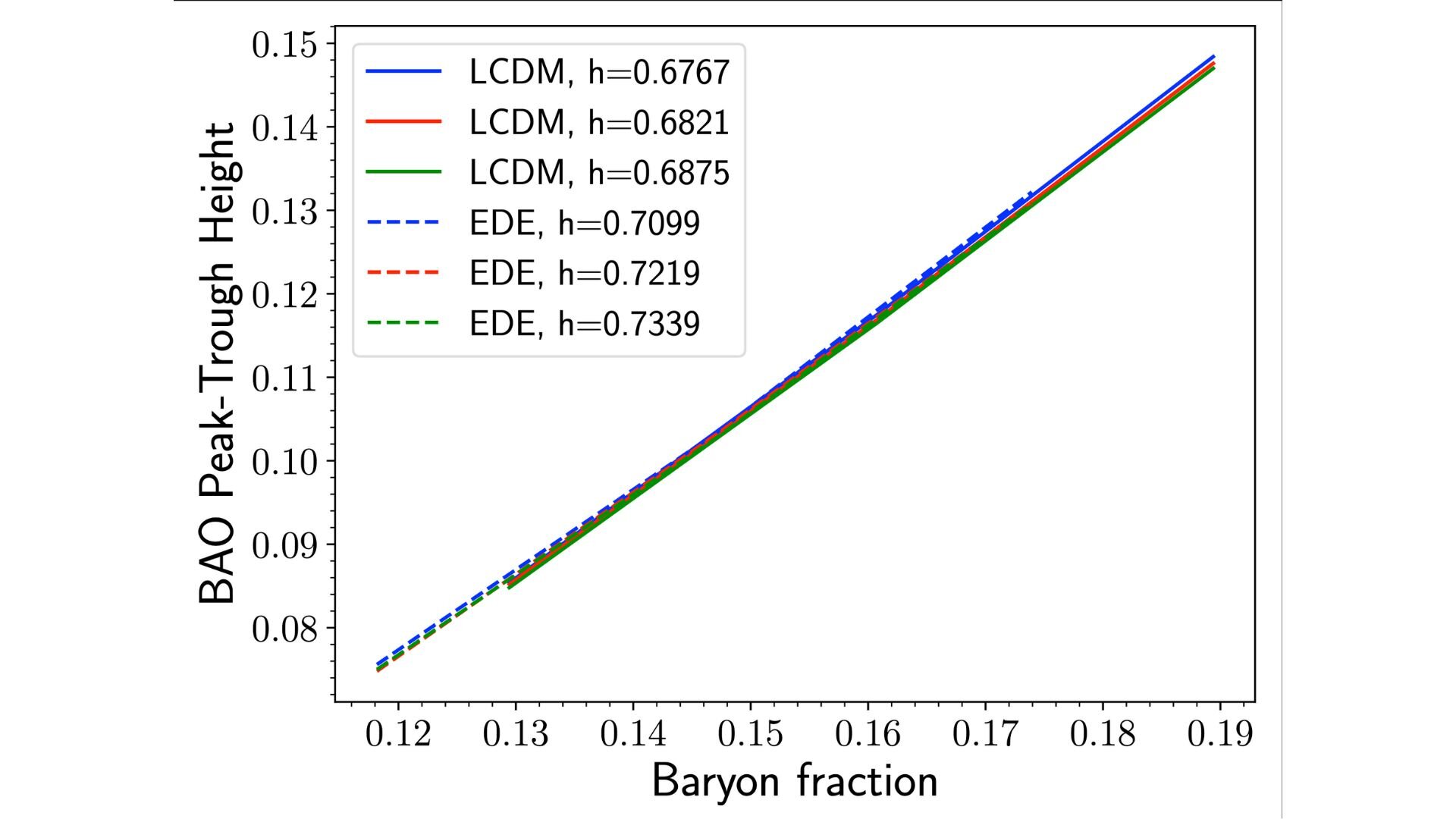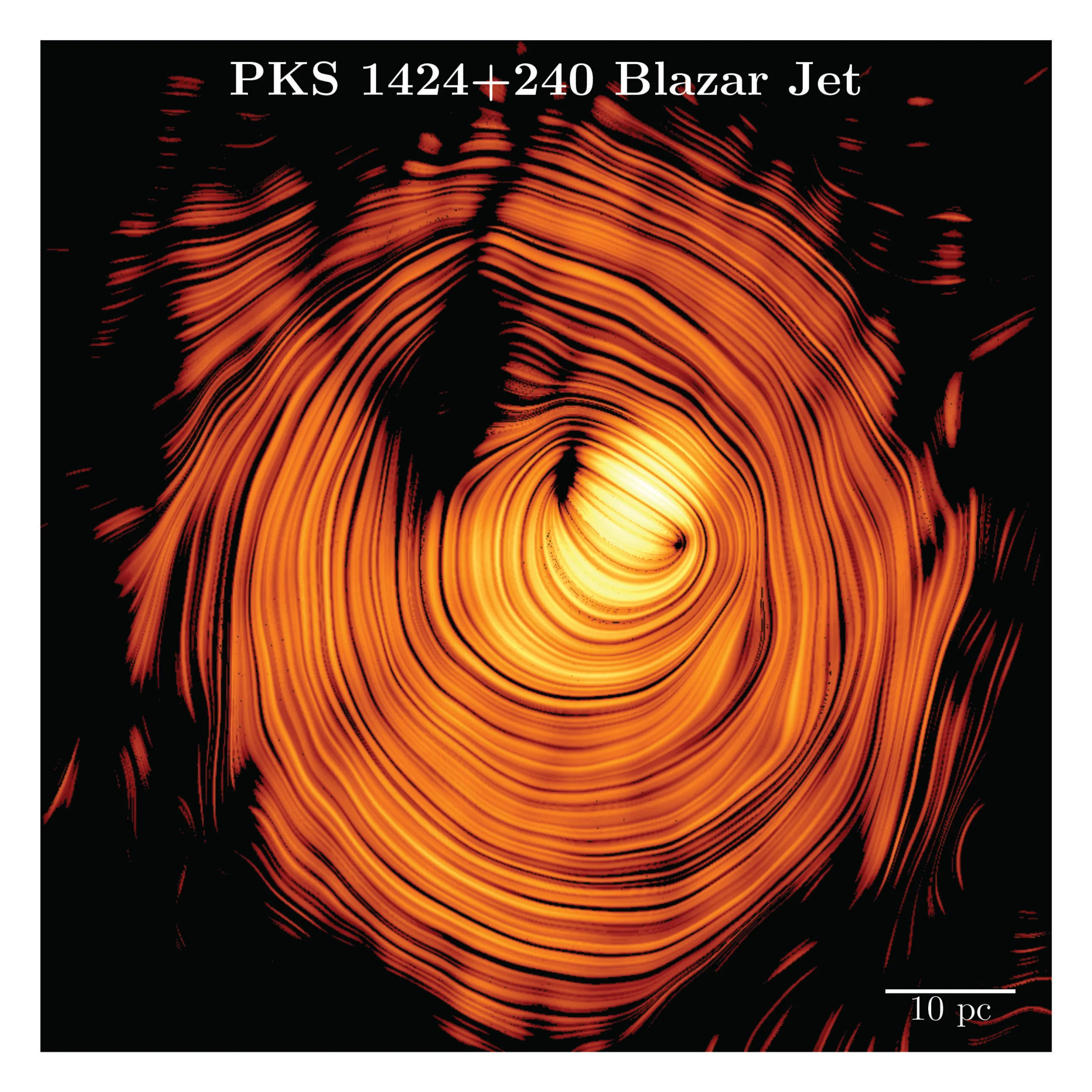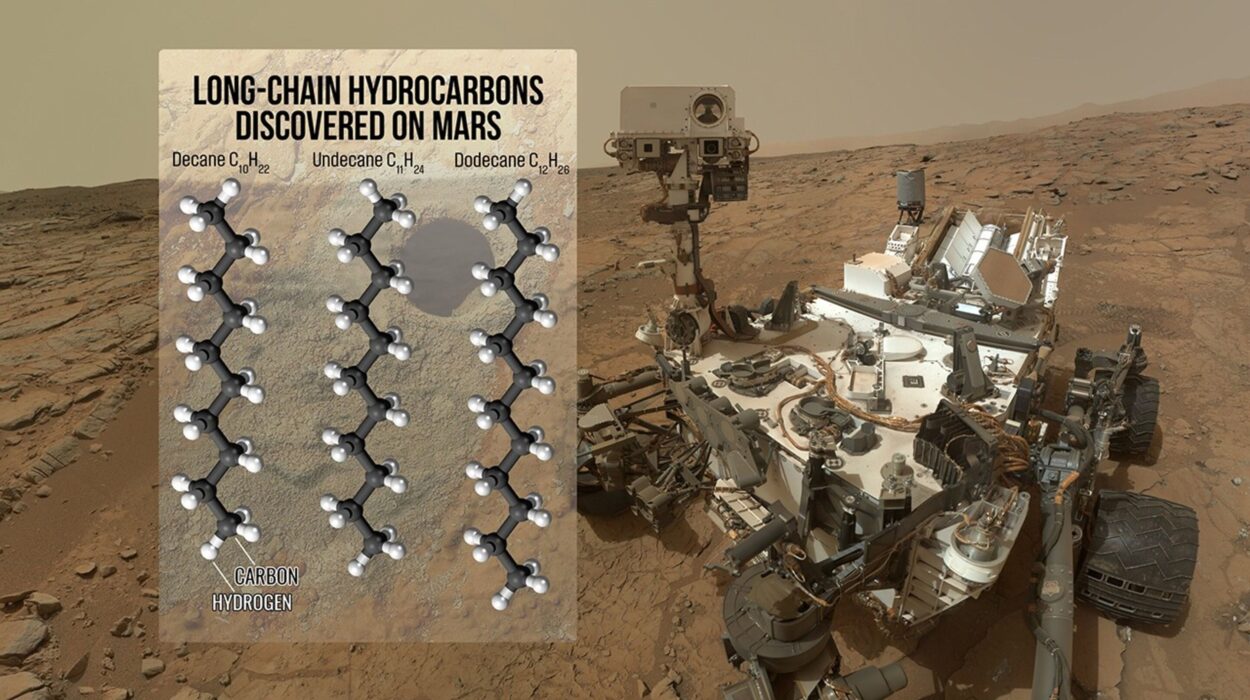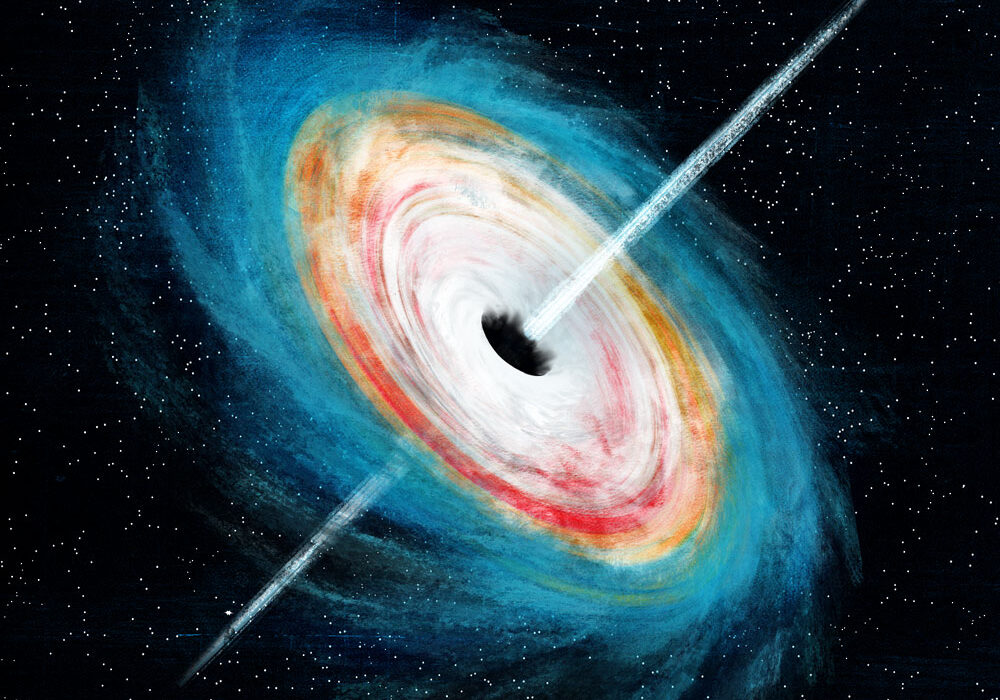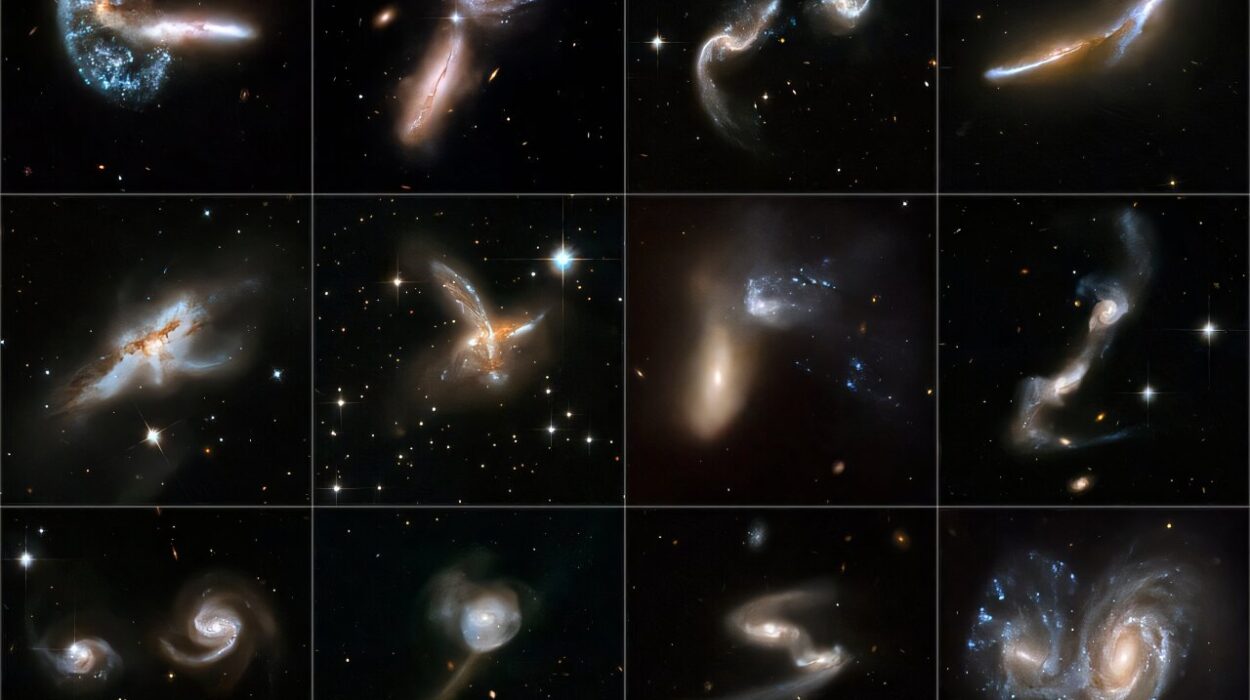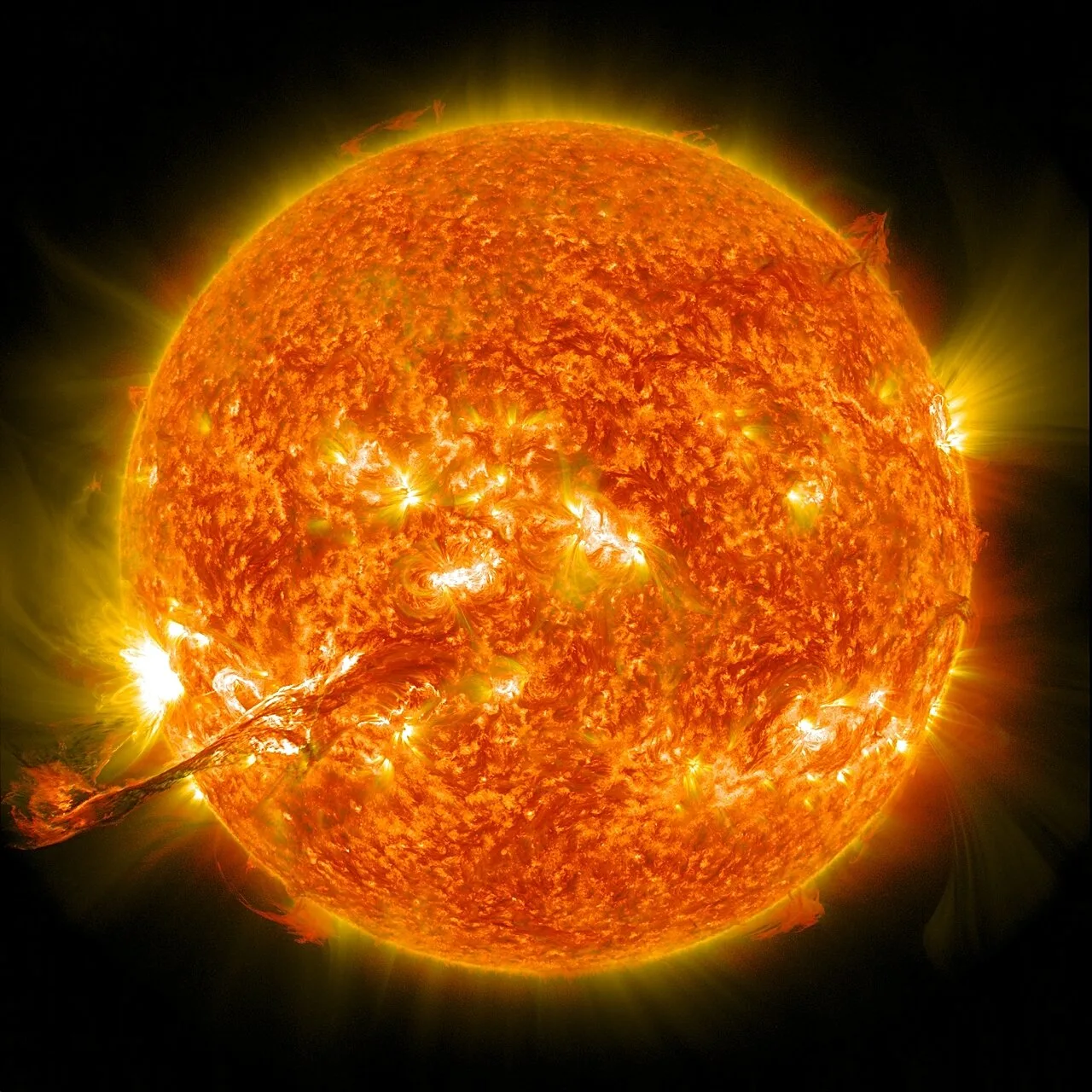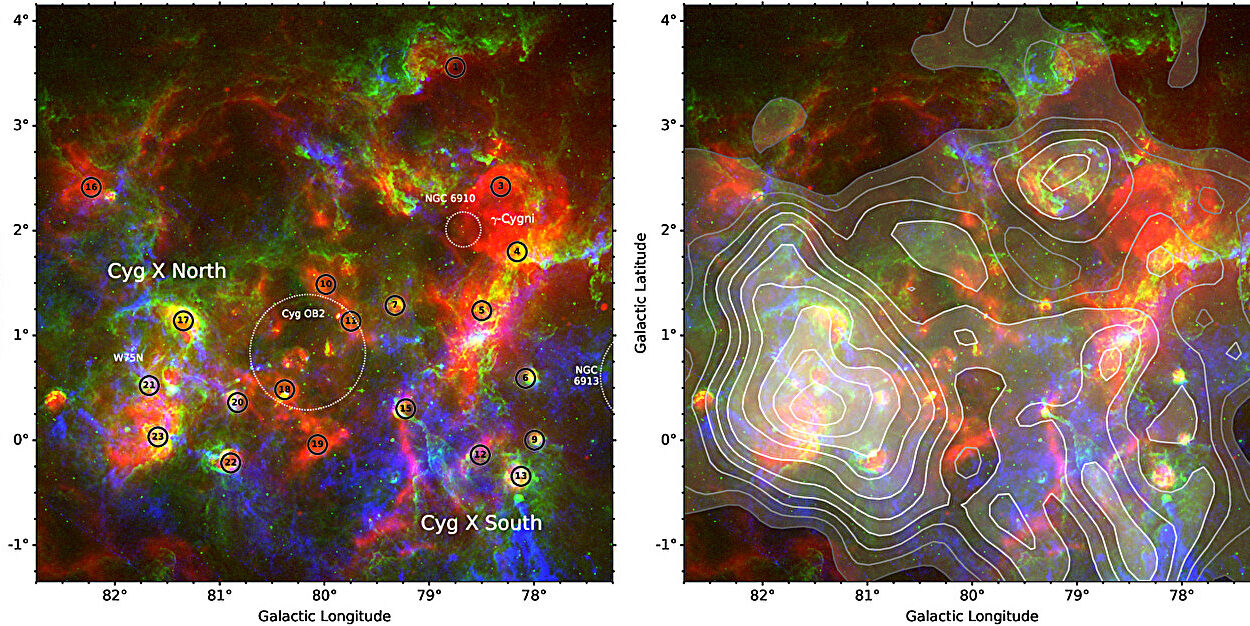In the ever-evolving field of cosmology, few questions have captured the imagination of scientists and the public alike as intensely as the “Hubble tension.” This puzzling discrepancy—between two of our most trusted measurements of how fast the universe is expanding—has sent ripples across the scientific community. Now, researchers from the University of Waterloo have proposed an innovative and potentially game-changing method that may lead us one step closer to resolving this cosmic conundrum.
Published in Physical Review Letters, the new study rethinks how we approach one of the most foundational numbers in cosmology: the Hubble constant (H₀), a figure that tells us how fast galaxies are moving away from each other as the universe expands. The research, led by Dr. Alex Krolewski, introduces a method that bypasses some of the assumptions baked into earlier approaches—offering a fresh, independent route to measure the universe’s expansion rate.
Let’s dive into what makes this method different, why the Hubble tension matters, and how this work could help reshape our understanding of the cosmos.
What Is the Hubble Tension?
Imagine you’re trying to measure the same distance with two rulers, but they give you different readings. This is, metaphorically speaking, the issue cosmologists are facing.
One method, known as the distance ladder, uses nearby astronomical objects—such as Cepheid variable stars and Type Ia supernovae—as “standard candles.” These are objects whose intrinsic brightness we understand well. By comparing their known brightness to how bright they appear to us, we can infer their distance. Combine that with how their light is redshifted (stretched due to the expansion of space), and you get an estimate of the Hubble constant. This method gives a value of around 73 km/s/Mpc.
On the other hand, measurements based on the cosmic microwave background (CMB)—the afterglow of the Big Bang—suggest a slower rate of expansion: about 67 km/s/Mpc. This technique relies on the ΛCDM model (Lambda Cold Dark Matter), the prevailing model of cosmology, and the sound horizon, a measure of how far sound waves traveled in the early universe before matter and light decoupled.
So which is right? That’s the million (or billion) dollar question. The difference is not trivial—it’s statistically significant and has deep implications for the physics of the early universe. According to Dr. Krolewski, “The Hubble tension between early-time, large-scale, and local, late-time measurements of the universe’s expansion rate has now reached the 5-sigma level! This is a probability of less than 0.0000003 of occurring by chance.”
The Sound Horizon Problem
Here’s where things get trickier. The CMB-based method requires you to know the sound horizon, but that number is itself calculated using assumptions about the early universe—specifically, the physics built into the ΛCDM model. As scientists try to reconcile the Hubble tension, some have suggested tweaking this model to reduce the size of the sound horizon, effectively increasing the Hubble constant derived from CMB data.
But this approach is a bit like reshaping a key to fit a lock rather than asking whether it’s the right lock in the first place. It introduces new uncertainties, and not all physicists are convinced.
The researchers at Waterloo have proposed a radical alternative: what if we could measure the Hubble constant without relying on the sound horizon at all?
A New Approach: Bootstrapping the Cosmos
Dr. Krolewski and his team have developed a method that avoids the sound horizon entirely. Instead, their technique is based on bootstrapping—not in the fashion of rugged individualism, but in the scientific sense of building one measurement upon another, carefully and independently.
The key idea is to estimate the total energy density of the universe, a quantity directly related to the universe’s expansion rate.
As Krolewski eloquently puts it, quoting the famed physicist John Archibald Wheeler: “Spacetime tells matter how to move; matter tells spacetime how to curve.”
By measuring the density of matter, we can understand the curvature of spacetime—and from that, the expansion rate.
The method brings together four independent cosmological measurements:
- The physical photon density — determined from the temperature of the cosmic microwave background.
- The baryon-to-photon ratio — derived from the abundance of deuterium (an isotope of hydrogen) formed shortly after the Big Bang.
- The baryon fraction — from the amplitude of baryon acoustic oscillations in galaxy clustering.
- The geometrical matter density — calculated using Alcock-Paczynski measurements, which look at distortions in galaxy shapes caused by cosmic expansion.
Together, these allow the team to estimate the critical density of the universe and, in turn, the Hubble constant.
Baryonic Fraction: The Secret Ingredient
One particularly innovative aspect of this method lies in the baryonic fraction—the proportion of regular matter (baryons) to total matter (which includes dark matter). This is a parameter that is often treated as secondary or assumed in standard analyses, but here, it’s front and center.
This ratio provides a vital piece of information. If we know how much of the universe is made of normal matter, we can reverse-engineer the total amount of matter by looking at how galaxies cluster on large scales. And that, in turn, feeds into our understanding of how fast the universe is expanding.
Unlike traditional BAO methods that focus on the position of the acoustic peak in matter distribution (a sound horizon-dependent measurement), this new method looks at the amplitude—how pronounced the ripples are. This clever pivot makes the method independent of the sound horizon and therefore less model-dependent.
The Results: A Step Toward Reconciliation
Applying their method to data from the Baryon Oscillation Spectroscopic Survey (BOSS DR12)—part of the Sloan Digital Sky Survey—the researchers derived a Hubble constant of 67.1 km/s/Mpc, with an uncertainty of +6.3/−5.3.
That might seem like a broad range, but it’s significant: this value sits comfortably between the local and CMB-derived values of the Hubble constant. It doesn’t “pick a side,” which suggests it could serve as a neutral referee in the ongoing dispute.
Moreover, the method performed impressively in simulations. “We tested our method on mock galaxy surveys with different cosmological models and found that we were always able to recover the correct value of the expansion rate. Overall, our method is very robust to systematic uncertainties,” said Dr. Krolewski.
What’s Next? Enter DESI and Euclid
While the current constraints are promising, the real power of this approach will emerge with upcoming surveys such as DESI (Dark Energy Spectroscopic Instrument) and the Euclid mission. These projects will collect galaxy clustering data at unprecedented precision, enabling measurements of the BAO amplitude with sub-percent accuracy.
“DESI and Euclid will measure the BAO feature in the galaxy distribution at sub-percent precision. With the full data, we can differentiate between the local and CMB values for the Hubble rate,” said Dr. Krolewski.
With these ultra-precise datasets, the new method may not just refine our estimate of the Hubble constant—it may break the tie and reveal new physics.
Why It Matters
Beyond the numbers and datasets, the Hubble tension points to a deeper, more philosophical issue: our incomplete understanding of the universe. Is the ΛCDM model truly the final word in cosmology, or is it time to revise the script? Are we missing unknown particles, hidden forces, or phases of cosmic evolution we’ve yet to imagine?
This study doesn’t claim to have solved the Hubble tension outright, but it offers something perhaps even more important: a new lens through which to view the problem. By offering a method that stands apart from both the local and CMB camps, Krolewski and his team have opened a third path forward.
And in the vast and mysterious cosmos, sometimes the most revolutionary advances begin not with grand conclusions—but with asking better questions.
References: Alex Krolewski et al, New Method to Determine the Hubble Parameter from Cosmological Energy-Density Measurements, Physical Review Letters (2025). DOI: 10.1103/PhysRevLett.134.101002. On arXiv: arxiv.org/html/2403.19227v2
Alex Krolewski et al, Measuring the baryon fraction using galaxy clustering, Physical Review D (2025). DOI: 10.1103/PhysRevD.111.063526
